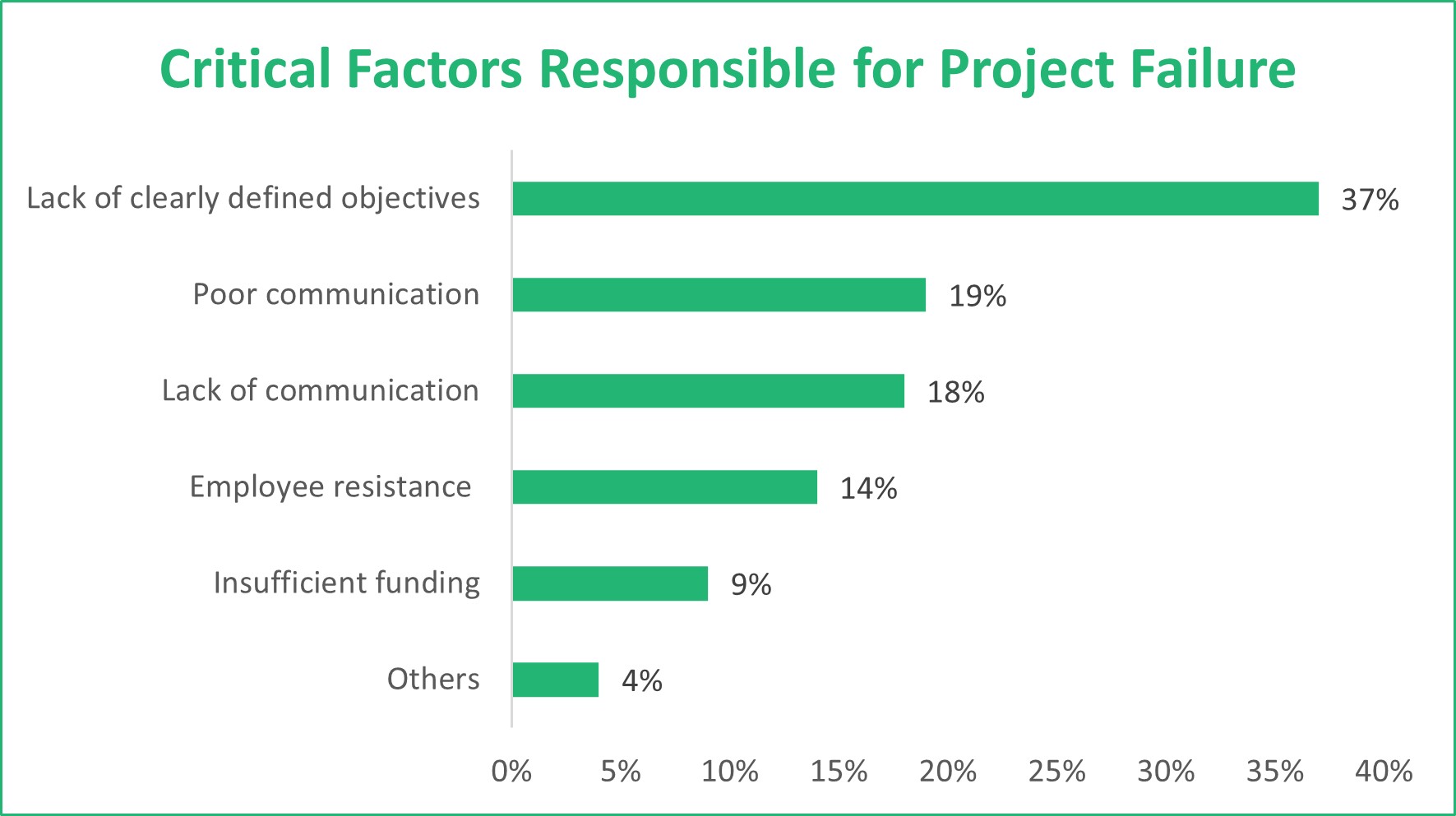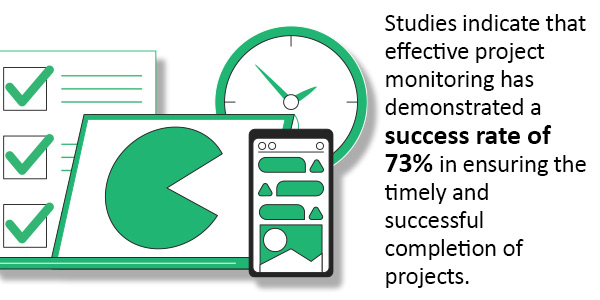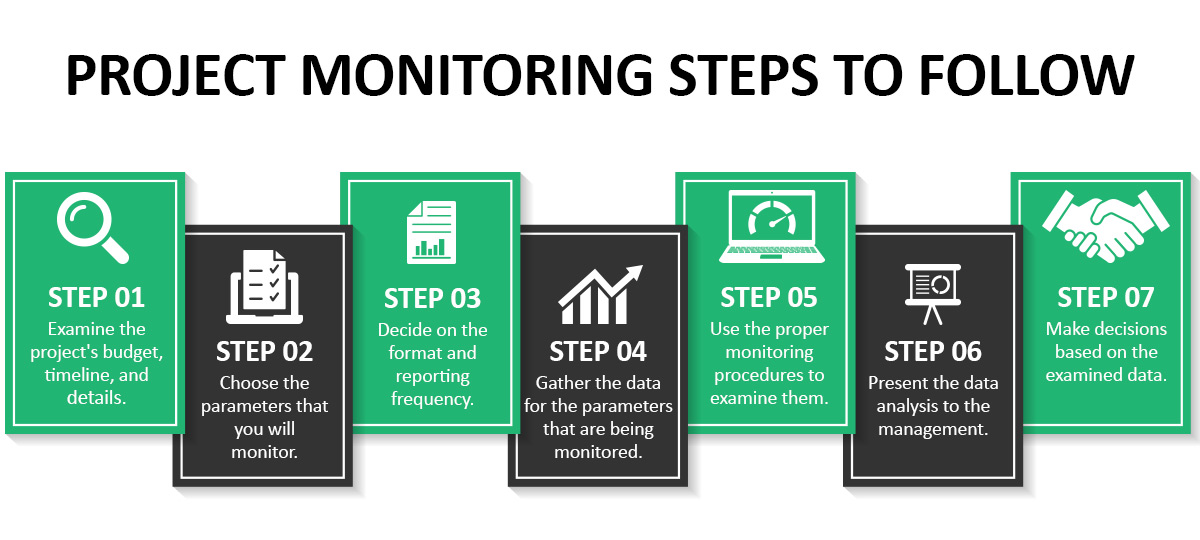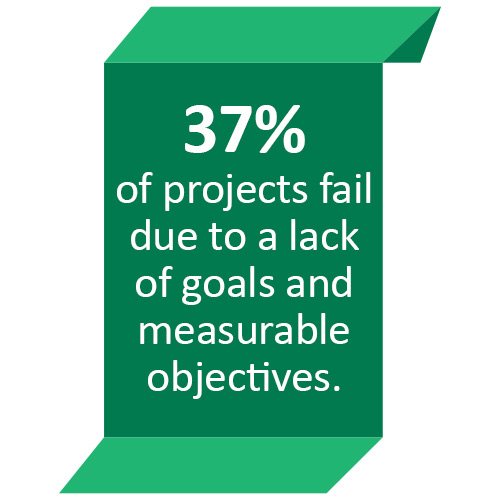
Imagine you are leading a project, and you have put in all the hard work to create a solid plan. Also, you have assigned tasks to your team, and everything looks great on paper. But here is the catch: without regular monitoring of the project, can you be sure that the plan is executed correctly? That is where project monitoring saves your day!
Project monitoring involves continuously tracking a project's metrics, progress, and associated tasks to ensure everything is on track, on budget, and up to the project's standards. But hold on; it is not just about keeping an eye on things. Project monitoring also involves identifying potential roadblocks or issues and taking swift action to set things right. No wonder it is a vital part of the project lifecycle.
In this article, we will cover:
- What project monitoring entails and its significance
- How to efficiently and simply keep an eye on projects
- Best practices and advice for project monitoring that you can use right now
- How to use modern technology solutions like predictive intelligence to empower your project monitoring efforts
Project Monitoring: Your Roadmap to Effective Project Management
Project monitoring, also known as project monitoring and control, is a critical step in the project management process. It comes after project initiation, planning, and the beginning of execution. Once project execution starts, project monitoring begins. The primary purpose of project monitoring is to keep a close eye on a project's progress, identify potential roadblocks or issues, and take necessary actions to rectify them promptly. This proactive approach helps prevent cost overruns, schedule delays, and scope creep. "A staggering 70% of projects fail to deliver their intended outcome. But when a proper management process is put in place, this number drops drastically to a failure rate of 20% or below. This phase can be broken down into two stages: project monitoring and project controlling," explains Jo Johansson in her article at Resource Guru.
Disregarding project monitoring and control aspects amounts to leaving the project's fate to chance. In addition to initial project planning and team assignment, as a project leader, you bear the responsibility of ensuring the team adheres to the project schedule while minimizing unnecessary costs.

How Project Monitoring Keeps Projects on Course
Effective outcomes in project execution cannot solely rely on thorough planning and designs. It is essential to monitor project progress towards achieving the desired results. Conversely, even meticulous project monitoring cannot rectify inadequate designs, plans, and outcomes. The data gathered from monitoring should be leveraged to promote enhancements or bolster existing plans. Moreover, information gleaned through systematic monitoring serves as crucial input for project evaluation.
Knowing that monitoring in project management is a piece of the puzzle, how does it benefit your team? Well, there are some incredible benefits:
- Risk Mitigation: Project monitoring enables you to identify risks as they arise, allowing you to develop contingency plans and mitigate potential negative impacts.
- Resource Optimization: By closely tracking resources, you can allocate them efficiently, ensuring that no resource is overburdened or underutilized.
- Timely Completion: Monitoring project progress helps ensure that tasks are completed on time, enabling the project to meet its deadlines.
- Improved Communication: With project monitoring, stakeholders stay informed about the project's status, fostering better communication and collaboration.
- Quality Control: Monitoring the project's activities allows continuous quality control, ensuring deliverables meet the required standards.
Remember, evaluating the development of a poorly conceived and haphazardly supervised project is extremely challenging. To reap the benefits of project monitoring, conduct assessments at regular intervals to validate the logical progress of the project, its activities, and their implementation and make necessary adjustments.
Types of Project Monitoring
There are various types of tracking and monitoring in project management that project leaders can implement based on the specific needs of their projects. Some common types include:
- Performance Monitoring: Measuring project performance against predefined metrics and key performance indicators (KPIs)
- Financial Monitoring: Keeping track of project costs and budget adherence
- Milestone Monitoring: Ensuring that project milestones are achieved as planned
- Quality Monitoring: Checking deliverables for quality and adherence to standards
Before delving deep into project monitoring best practices, let’s understand how effective your project monitoring process is.
How Effective Is Your Project Monitoring Process?

The project monitoring process must adhere to specific criteria to ensure its effectiveness. So, tailor it to meet the unique needs of the project, promoting relevance. In addition, efficiency is paramount for seamless project progression. Moreover, the monitoring process must be effective, assisting management in making informed decisions. Positively impacting the project involves responsiveness to mid-way changes, while sustainability is crucial throughout the project's life cycle.
Given the uniqueness of each project, the design of the monitoring process should align with specific implementation requirements. Simplicity, quick information provision for corrective action, cost-effectiveness, flexibility, accuracy, comprehensiveness, relevance, and accessibility are essential attributes of an ideal project monitoring process. Additionally, this process is expected to foster learning by embracing transparency through information sharing at all levels.

However, a significant weakness in project monitoring often lies in the ineffective and untimely communication of information to users. Those monitoring the project may invest considerable time and resources in data gathering, yet struggle to interpret and present the information meaningfully. The efficacy of project monitoring relies on the proper analysis and timely, concise presentation of collected data for management decision-making.
Communication holds paramount importance in the project monitoring process, acting as a catalyst to facilitate and expedite project movement toward achieving its stated goals and objectives.
So, how do you ensure clear communication, promote transparency, and guarantee the success of your project? The answer lies in leveraging modern technology solutions like predictive analytics. Let’s look at how predictive intelligence technology helps with effective project monitoring.
The Role of Predictive Intelligence in Project Monitoring
Artificial intelligence (AI)-enabled predictive intelligence has revolutionized the entire project management lifecycle, encompassing planning, execution, and monitoring. A key facet of AI's role in project management lies in its capacity to analyze historical project data, generating valuable insights that contribute to informed decision-making. This automated process not only results in time and resource savings but also reduces the likelihood of human errors. Furthermore, predictive intelligence solutions excel at analyzing vast datasets and providing precise forecasts for project timelines, resource allocation, and budgeting.
Through the analysis and interpretation of data, AI systems can discern patterns, identify trends, highlight potential risks, and recommend alternative strategies to maintain project momentum. This empowers you to take proactive measures to mitigate risks while monitoring the project. Also, it increases the likelihood of your project's success. Another significant advantage of integrating AI is the enhancement of accuracy and predictive capabilities.
Don't you think predictive intelligence solutions make your project monitoring steps easier?
Follow These Best Practices to Achieve Excellence Through Monitoring Projects
 To implement project monitoring effectively, follow these best practices:
To implement project monitoring effectively, follow these best practices:
- Engage Stakeholders: Keep all stakeholders informed and involved in the monitoring process.
- Use Real-Time Data: Utilize predictive analytics-enabled solutions to rely on real-time data to make timely decisions.
- Automate Reports: Use automated reporting tools to streamline the process and save time.
- Communicate Clearly: Ensure that project monitoring findings are communicated clearly to all relevant parties.
Increase Your Project Monitoring Efficiency and Stay ahead of the Curve!
In this fast-paced world, you need advanced tools to streamline project monitoring without being overwhelmed. Tools and technologies can help you automate data collection and reporting, ensuring that real-time data is readily available for decision-making. Furthermore, this project data enables you to take immediate corrective action and avoid potential pitfalls. Moreover, leveraging AI-enabled predictive intelligence solutions also promotes effective communication among team members, fosters collaboration, and enhances overall project performance.
One such powerful solution that fits the description of what you are seeking is TrueProject. TrueProject, a SaaS software solution, with its predictive intelligence capabilities, detects early indicators of problems by analyzing hard data from project or task management software and context-sensitive feedback from stakeholders. This empowers you with enhanced context and earlier risk prediction, allowing you to stay ahead of issues and make informed decisions. If you are looking for a reliable and powerful project monitoring solution to streamline your project execution, TrueProject would be an ideal choice.
Remember, project monitoring is not just about tracking progress but also about proactively addressing risks and ensuring successful project delivery. So, embrace project monitoring and watch your projects thrive!
About the Author:
 Nivedita Gopalakrishna is a content marketing specialist within the TrueProject Marketing team with extensive experience in blog writing and website content creation across diverse industries. Nivedita’s proficiency in crafting engaging blog posts and informative website content is a testament to her years of experience. Beyond her prowess in written communication, Nivedita has the knack for creating visually appealing static graphics that have played a pivotal role in expanding TrueProject's marketing efforts. Through thoughtful design choices, she has helped convey the essence of the brand and captivate audiences effectively. Outside the professional sphere, Nivedita is a trained classical singer and a fitness enthusiast, embodying creativity and wellness in and out of the office.
Nivedita Gopalakrishna is a content marketing specialist within the TrueProject Marketing team with extensive experience in blog writing and website content creation across diverse industries. Nivedita’s proficiency in crafting engaging blog posts and informative website content is a testament to her years of experience. Beyond her prowess in written communication, Nivedita has the knack for creating visually appealing static graphics that have played a pivotal role in expanding TrueProject's marketing efforts. Through thoughtful design choices, she has helped convey the essence of the brand and captivate audiences effectively. Outside the professional sphere, Nivedita is a trained classical singer and a fitness enthusiast, embodying creativity and wellness in and out of the office.
Endnotes:
- Burger, Rachel. “3 Mistakes All Project Managers Make With Their Stakeholders.” Capterra, June 22, 2015. https://www.capterra.com/resources/mistakes-all-project-managers-make-with-their-stakeholders/
- Johansson, Jo. “Project monitoring and control: Complete guide (+ checklist).” Work Life. Resource Guru, April 13, 2023. https://resourceguruapp.com/blog/project-monitoring-and-control
- Miller, David. “100+ Project Management Statistics & Facts (Updated 2023).” ProProfs Project, January 6, 2023. https://www.proprofsproject.com/blog/project-management-statistics/
- Sandu, Bogdan. “What Is Monitoring in Project Management and How to Use It.” TMS, May 04, 2023. https://tms-outsource.com/blog/posts/monitoring-in-project-management/
- Tristancho, Camilo. “Project Monitoring and Control: Tools & Steps.“ ProjectManager, June 28, 2023. https://www.projectmanager.com/blog/project-monitoring-and-control#:~:text=Besides%20keeping%20a%20project%20on,the%20project%20as%20an%20issue
- Simplilearn. “How to Handle Project Monitoring and Controlling Processes Perfectly.” Simplilearn.com, April 11, 2023. https://www.simplilearn.com/project-controlling-and-monitoring-article
- Satyendra. “Project Monitoring.” IspatGuru, March 20, 2017. https://www.ispatguru.com/project-monitoring/
- “A step-by-step guide to project monitoring.” Monday.com, October 07, 2020. https://monday.com/blog/project-management/project-monitoring-and-evaluation/





